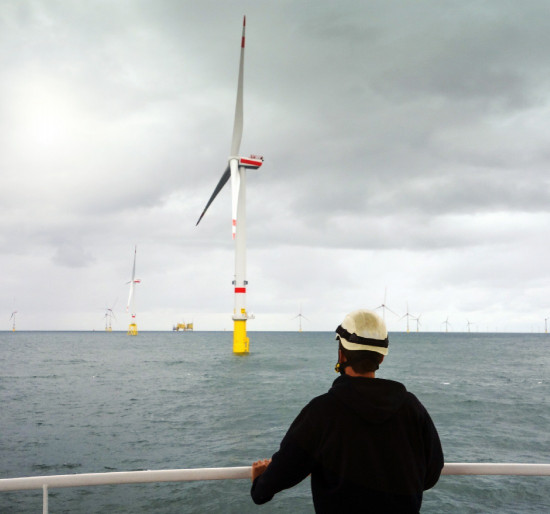2030 net zero commitments need ambition and bravery
RenewablesCurrent targets mean that 260 new wind turbines have to be built every year in the UK in the run up to 2030
We need to be ambitious and brave if we are to meet net zero commitments.
And that means substantial investment in offshore wind technology and equipment, particularly floating windfarms.

The UK has a target to increase offshore wind fivefold to 50GW by 2030
Latest figures show we now possess around 12.7GW of connected offshore wind energy across 44 wind farms totalling over 2,500 turbines. The UK also has the world’s largest offshore wind farm Hornsea One, with a capacity of 1,218MW.
It’s been suggested that the UK will have to build around another 2,600 wind turbines costing £48billion by 2030 to meet this target. It’s also advised that 260 new wind turbines would have to be built every year in the run up to 2030.
Ideal conditions for offshore wind are high winds in shallow waters, but around 80% of potential offshore wind power is found in deeper waters. Floating offshore wind is well-suited for these challenges.
Now, floating offshore wind generation costs are about double those of fixed offshore wind, although these are expected to fall as technology advances and supply chains improve. Estimates by the research body the National Renewable Energy Laboratory (NREL) suggest floating turbine projects could achieve cost parity with their fixed-bottom counterparts around 2030.
And the International Energy Agency estimates that for the world to stay on the pathway to carbon neutrality by 2050 it needs to add 390GW of wind power (80GW of which would be offshore) every year between 2030 and 2050.
The recent Jan De Nul investment in their offshore installation heavy lift vessels Les Alizes and Voltaire shows their ambition and bravery. Actions speak louder than words.
We’re proud to be part of this vanguard as we work with Jan De Nul Group on the safety assessment work on these two latest offshore construction vessels.
Keep your eye on the horizon.










